The Rise of Vibe Marketing in 2025: What It Is, Why It Matters, and the Best Tools to Get Started
In the ever-evolving world of digital marketing, a new and disruptive trend is making waves—vibe marketing. More than just a buzzword, this emerging discipline is reshaping how businesses connect with their audiences in the age of artificial intelligence (AI). Driven by emotion, guided by culture, and powered by no-code automation tools, vibe marketing is quickly becoming the go-to strategy for modern brands looking to scale faster and stand out.
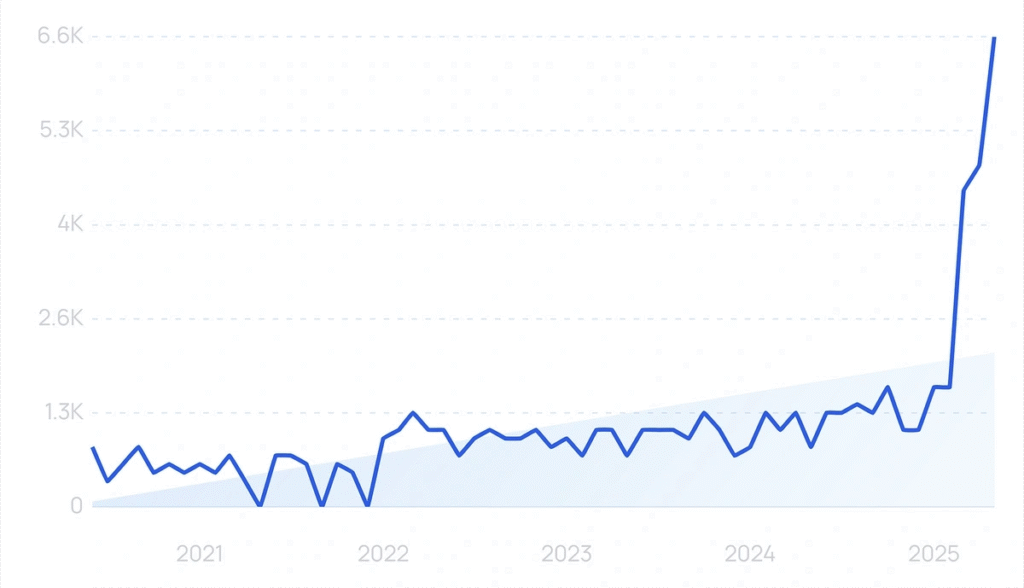
Over the past 12 months alone, online searches for “vibe marketing” have skyrocketed by over 686%, according to trend-tracking platforms. But what exactly is vibe marketing, and why are top-tier startups willing to pay vibe marketers salaries upwards of $1 million?
This comprehensive guide explores everything you need to know about vibe marketing—how it works, the tools you need to implement it, and why it’s quickly replacing traditional marketing approaches.
What Is Vibe Marketing?
Vibe marketing is the practice of using AI and automation to create culturally aligned, emotionally resonant content that reflects a brand’s identity—its “vibe.”
Think of it as the marketing version of vibe coding, where developers use plain-text prompts to guide AI in writing software code. In vibe marketing, marketers use natural language to prompt AI tools for campaign assets—copy, videos, social posts, emails, and more. The goal? Capture attention through content that doesn’t just sell but connects.
Vibe marketing emphasizes:
- Emotion-driven storytelling
- Trend-aware content production
- Automation and AI collaboration
- Scalability without bloated teams
This approach allows even lean startups to produce content at scale that previously required large agencies or internal marketing departments.
Why Vibe Marketing Is Disrupting Traditional Marketing
Before the AI revolution, early-stage startups often spent up to 50% of their raised venture capital on marketing efforts—mostly tied up in salaries, agency retainers, and ad production.
Fast forward to today, and a single vibe marketer can launch multi-platform campaigns in days rather than weeks using tools like Semrush, Jasper, or HeyGen—all without writing a single line of code or hiring a large team.
This lean approach reduces operational costs while improving time-to-market, making vibe marketing especially attractive for agile companies.
The Core Pillars of Vibe Marketing
At its heart, vibe marketing is powered by three foundational elements:
1. AI Tools for Creative Output
AI copywriters like Jasper, content tools like Surfer SEO, and AI video platforms like HeyGen make it easy to generate high-quality marketing assets with just a prompt.
2. No-Code Automation Platforms
Tools like Zapier, Make, and n8n allow marketers to connect and automate apps, workflows, and data—no technical skills required.
3. Modular, Scalable Systems
Vibe marketing relies on customizable, modular tools that allow small teams to operate like large agencies—testing, refining, and launching campaigns at scale.
Meet the Tools Powering Vibe Marketing in 2025
Let’s explore some of the top platforms enabling vibe marketers to turn creative vision into scalable reality.
1. Make (Integromat): The Flexible Workflow Architect

Best For: Low-cost, highly customizable automation
Overview:
Make is a powerful no-code platform with a drag-and-drop interface that lets users visually build and automate workflows. With over 2,000 app integrations, including Slack, Google Sheets, Canva, and social media tools, it’s a flexible choice for vibe marketers.
Use Case in Vibe Marketing:
A marketer could create a workflow to automatically:
- Pull trending hashtags from X (formerly Twitter)
- Generate Instagram Reels via Canva templates
- Schedule cross-platform posting through Buffer
This kind of automation saves time while keeping content aligned with real-time cultural trends.
Why It Stands Out:
- Free tier available
- Highly customizable
- Visual UI perfect for marketers
2. n8n: The Developer-Friendly Powerhouse
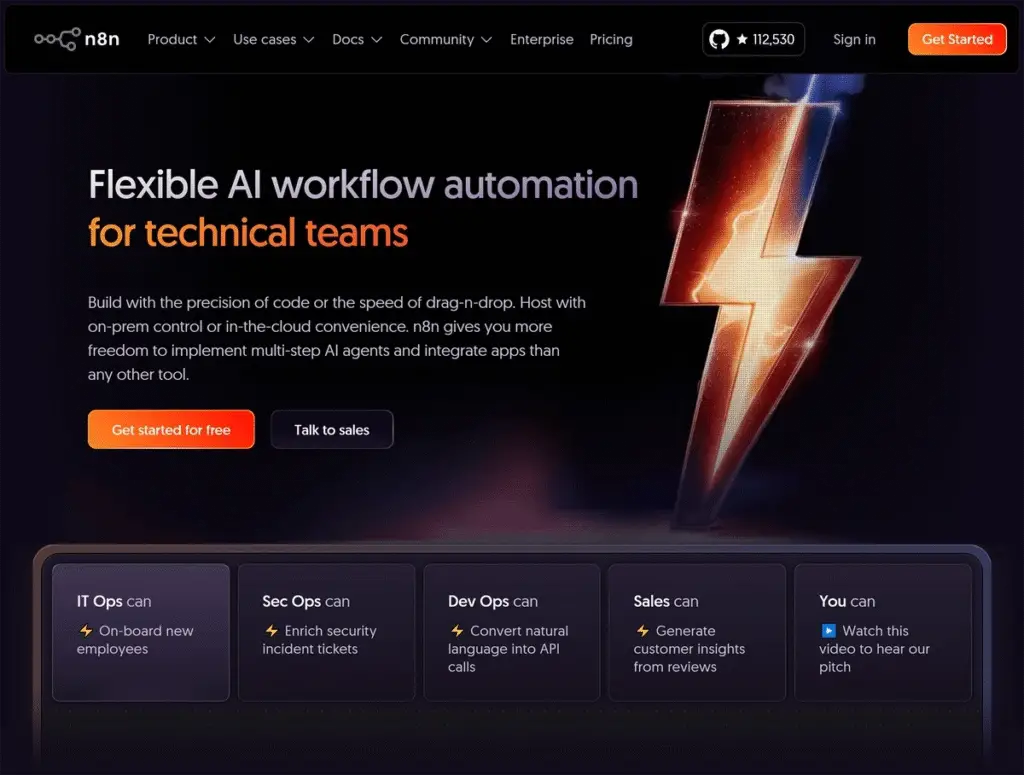
Best For: Tech-savvy teams and advanced sentiment automation
Overview:
n8n is an open-source workflow automation tool that supports over 400 integrations and allows for complex automations. Unlike simpler platforms, it offers JavaScript-based customization, ideal for data-rich or sentiment-based workflows.
Recent Trend Alert: Searches for “n8n” have exploded by 1,566% in the past year—indicating rising demand in the marketing and AI automation space.
Use Case in Vibe Marketing:
A brand could scrape TikTok for trending audio, analyze the sentiment and virality of those clips, and then:
- Feed that data into an AI script generator
- Create tailored ads with matching emotional tone
- Launch email retargeting campaigns based on mood
Key Features:
- Visual + code-based editor
- Self-hosted option for data privacy
- Supports highly customized, mood-specific workflows
Best For:
Marketing teams with technical skill sets who want deeper control and privacy.
3. Zapier: The Go-To for Beginners
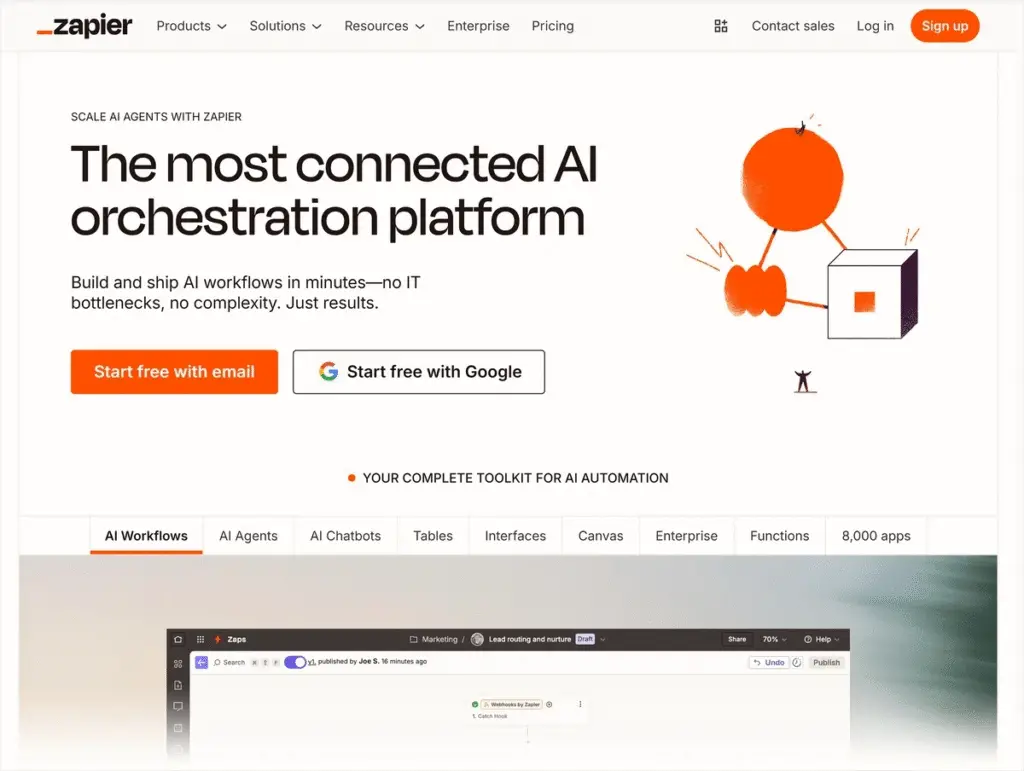
Best For: Simplicity and quick-start automation
Overview:
Zapier connects over 8,000 apps using simple if-this-then-that logic. It’s widely known for its ease of use and is ideal for beginners or small teams who want to automate routine marketing tasks.
Use Case in Vibe Marketing:
Imagine generating content with Jasper, then having Zapier automatically:
- Format it with branded hashtags
- Post it to social channels like X or LinkedIn
- Email it to a lead list via Mailchimp
Pros:
- Extremely beginner-friendly
- Thousands of pre-built workflows (Zaps)
- Great support and documentation
Cons:
- Limited advanced logic features
- Can become expensive at scale
Vibe Marketing AI Agent Platforms
1. Taskade: Best for Non-Technical Marketers
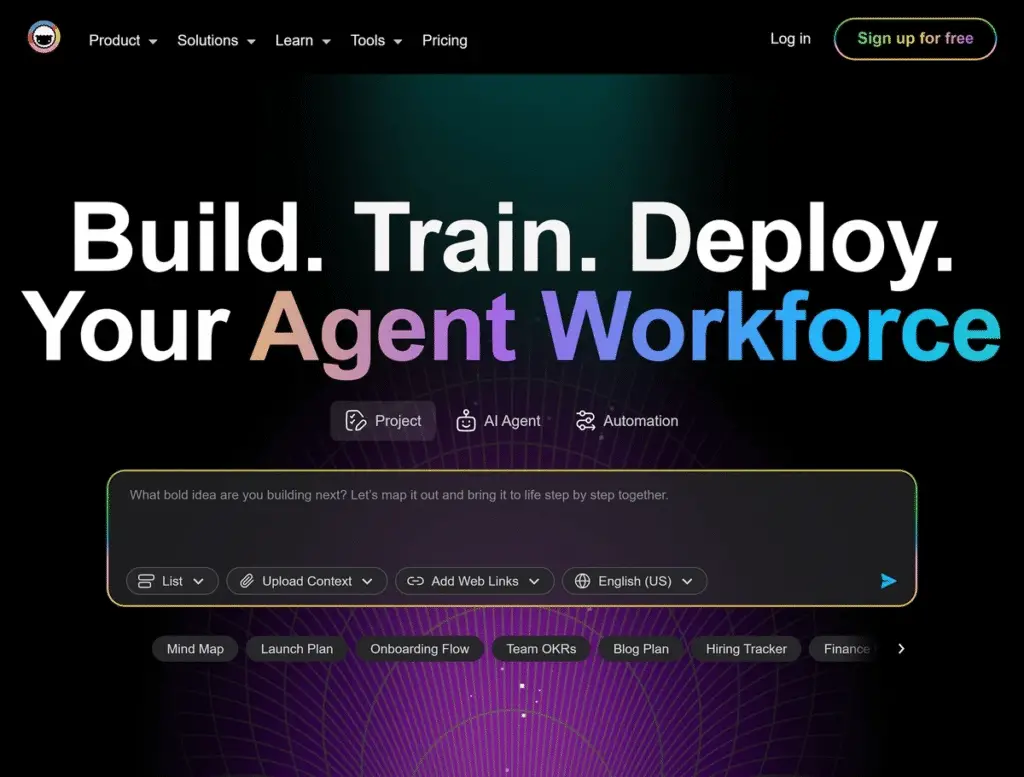
Taskade is an AI agent and workflow automation platform that enables teams to automate over 700 tasks. Marketers can create workflows to brainstorm, schedule, and publish content, all within a single, collaborative workspace.
For example, marketers can use Taskade to auto-generate TikTok scripts or product slogans aligned with their brand’s tone.
Taskade offers dozens of pre-built marketing agents for everything from content creation and influencer outreach to sales forecasting. Its no-code interface makes it perfect for small marketing teams or solo founders unfamiliar with AI agents or coding.
2. Manus: Best for Multi-Agent Workflows
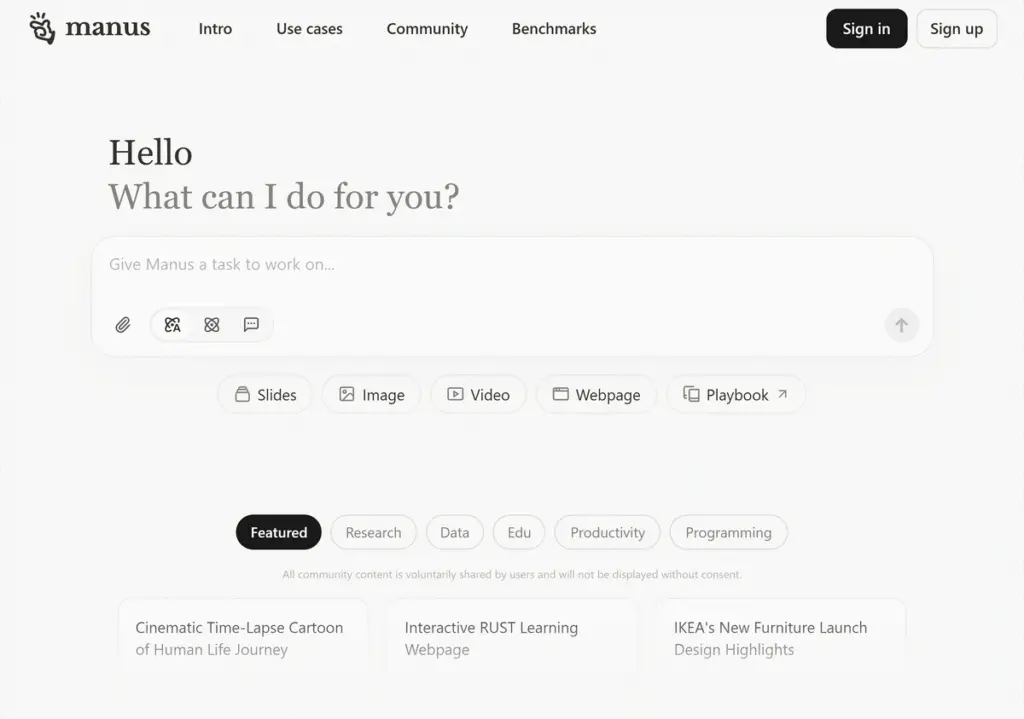
Manus is an autonomous AI agent platform built to handle complex, emotion-aware marketing tasks around the clock. Integrated with browsers and social channels, Manus tracks brand sentiment, plans campaign sequences, and creates emotional content.
The UI is similar to popular chatbots like ChatGPT, but it organizes tasks into functional categories—like research, education, and content creation—that users can execute directly.
One tested use case involved instructing Manus to monitor X (Twitter) conversations and adjust campaign tone to reflect a more “cozy” or “chaotic” vibe. Manus excels at market research, persona modeling, and mood-sensitive sequencing.
3. Relay: Best for Affordable Integration
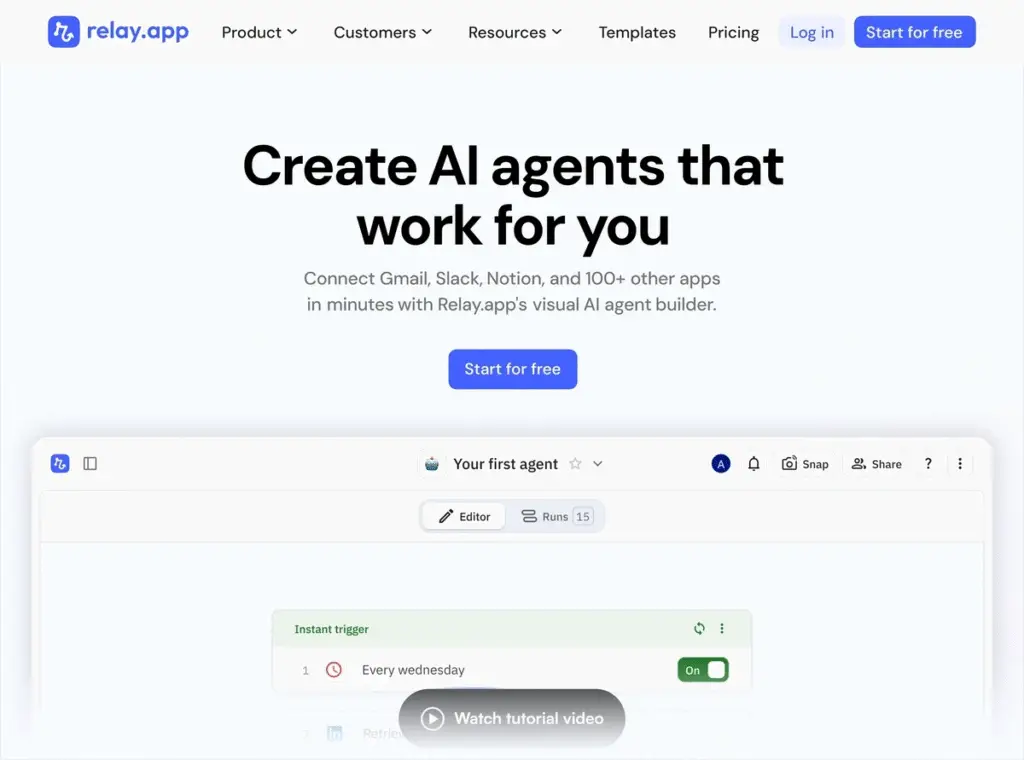
Relay is an agent-based automation platform that connects over 100 apps—including Gmail, Notion, and Google Sheets—with built-in AI-powered tasks like summarization, tagging, and scheduling.
One standout feature is its human-in-the-loop review step, which allows marketers to approve tasks like selecting contest winners before automation proceeds.
Relay includes hundreds of ready-made workflows for social, sales, and marketing tasks. Its free tier includes full integration access, and premium plans start at just $9/month.
Vibe Marketing Creative Tools
1. Semrush Content Toolkit: Best All-Round Creative Tool
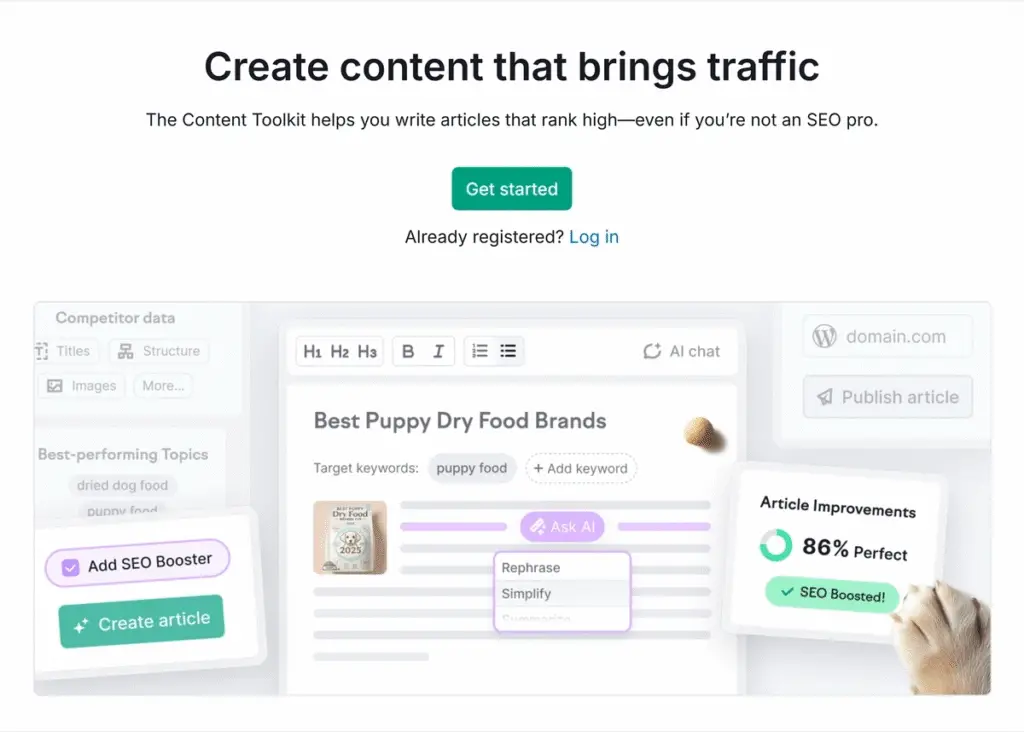
Semrush’s Content Toolkit helps marketers build, optimize, and track campaigns. It includes tools like:
- Topic Finder for discovering high-volume content ideas
- SEO Brief Generator to structure articles with keywords and FAQs
- AI Article Generator for rapid content drafts
- Content Optimizer for improving SEO and tone
- Chrome Extension for real-time page evaluation
The toolkit supports integration with WordPress, Docs, and other content systems. Free 7-day access is available, with full access via a Semrush subscription starting at $60/month.
2. Canva: Best Vibe Marketing Tool for Design
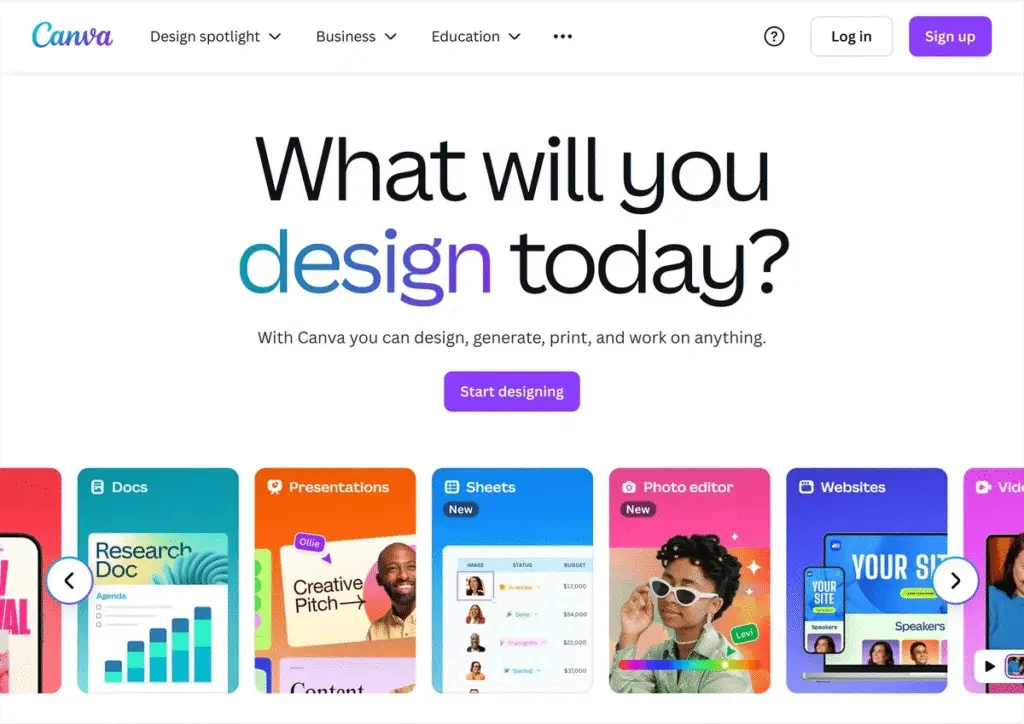
Canva’s drag-and-drop platform is ideal for creating on-brand visuals without needing a designer. It includes:
- Pre-made branded templates
- Magic Design for AI-assisted layouts
- Magic Resize for multi-platform repurposing
- Brand Kits to keep content consistent
It’s fast, intuitive, and ideal for non-designers looking to create cohesive visuals across social and email campaigns.
3. Looka: Best for Brand Identity
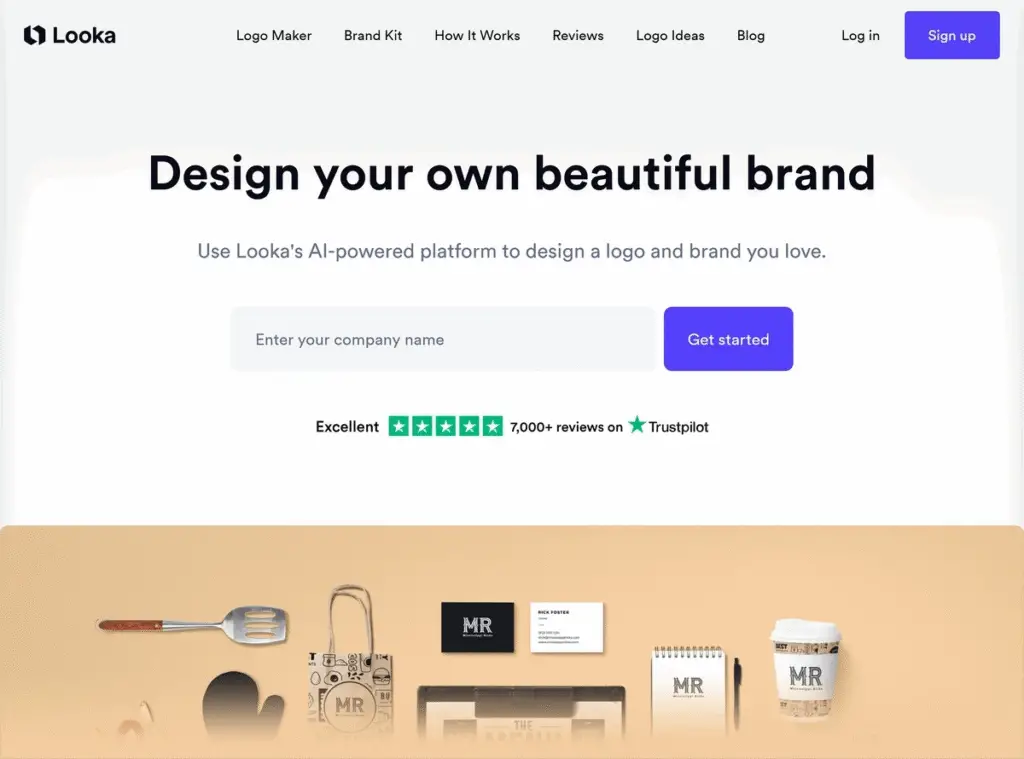
Looka is an AI logo and branding kit generator. After generating a logo, users receive a full kit with:
- Brand colors and fonts
- Business cards
- Social media graphics
- Matching website templates
Looka is great for rebrands or new startups with limited budgets but high branding needs.
4. HeyGen: Best for Talking Head Videos
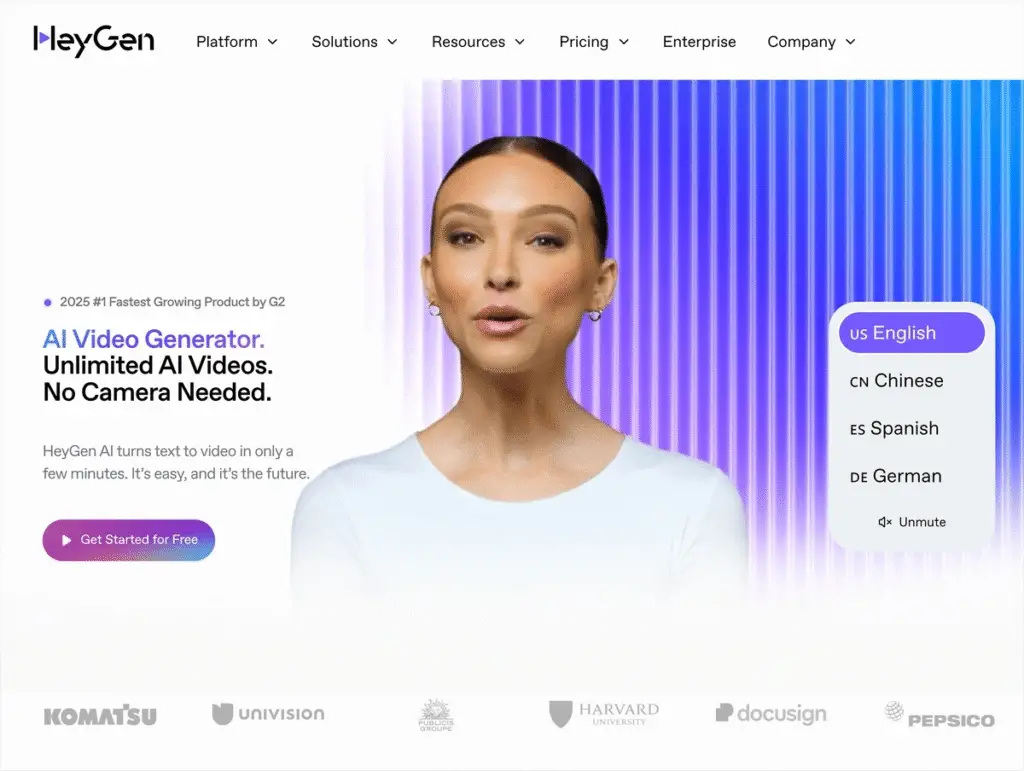
HeyGen uses realistic avatars and voice cloning to produce polished talking-head videos—perfect for ads or explainers.
Marketers can create localized content in different languages, reducing traditional video production costs. It’s ideal for cinematic or conversational content at scale.
Vibe Marketing LLMs (Large Language Models)
1. ChatGPT: Best All-Purpose Tool
ChatGPT is ideal for idea generation, copywriting, image creation, and keyword analysis. Its custom GPTs feature enables marketers to automate recurring campaign tasks.
Accessible and affordable, it’s often the first tool vibe marketers use due to its versatility.
2. Claude: Best for On-Brand Content Writing
Claude excels at tone-aware content generation. It supports inline editing via comment prompts, making collaboration and revisions easy.
It’s perfect for teams who want polished, emotionally resonant content. The only drawback is limited capacity on free plans.
3. Grok: Best for Real-Time Trends on X (Twitter)
Grok is integrated with the X platform (formerly Twitter), offering real-time trend analysis, sentiment tracking, and fast social post creation.
Its edgy tone fits platform-native content, and it’s ideal for brands growing on X. Free access is available with paid upgrades via SuperGrok at $30/month.
Bonus: Vibe Coding Tools
1. Replit: Best for Fast Development
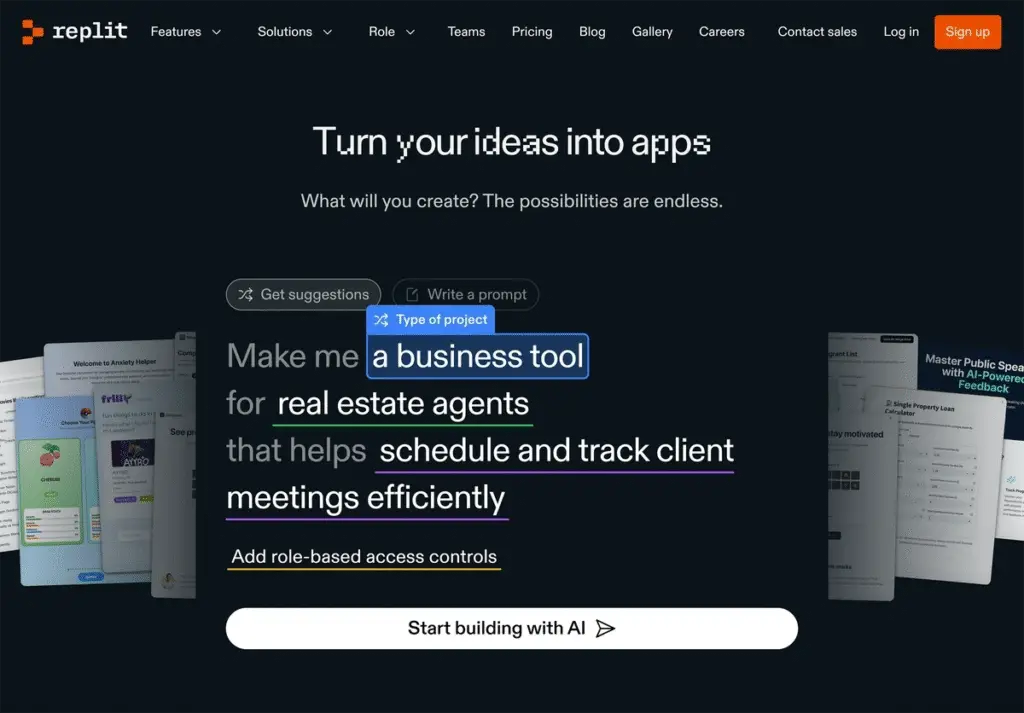
Replit is a browser-based coding environment with AI tools for rapid prototyping. It supports dozens of languages and includes collaborative, cloud-based hosting with Ghostwriter AI.
Great for marketers launching interactive campaign elements without a dev team.
2. Bolt: Best for Small Marketing Teams
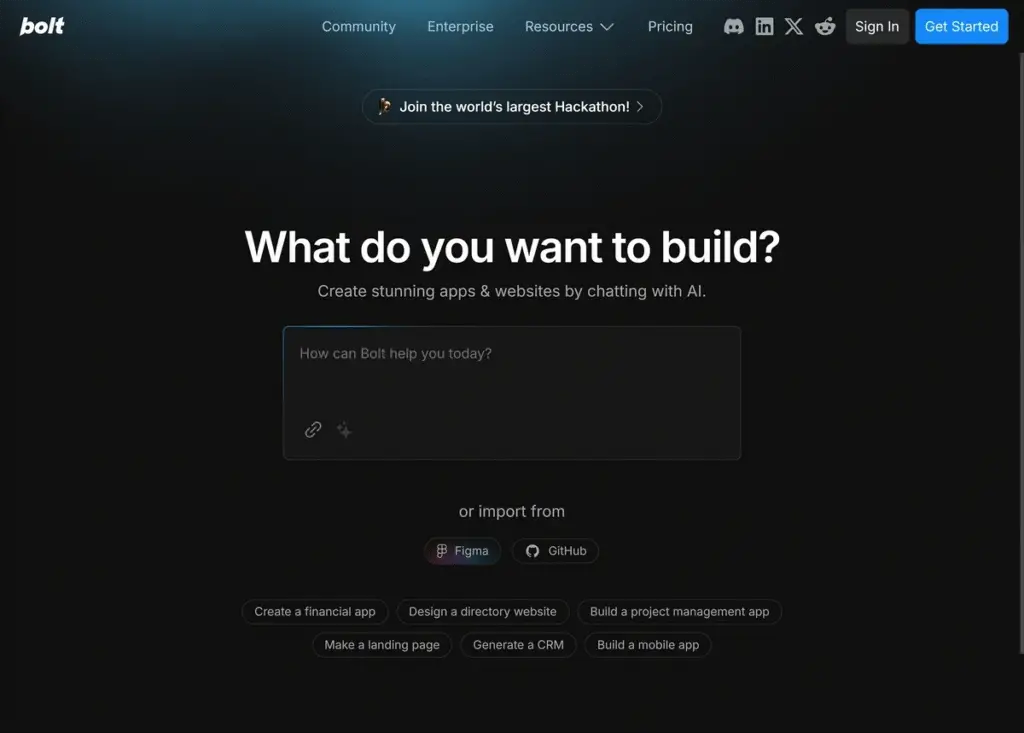
Bolt is a no-code/low-code builder tailored for marketing teams. Users describe what they want in plain English, and Bolt generates the layout, logic, and code.
Perfect for building microsites, product demos, or proof-of-concept apps quickly.
3. Cursor: Best for Semi-Technical Marketers
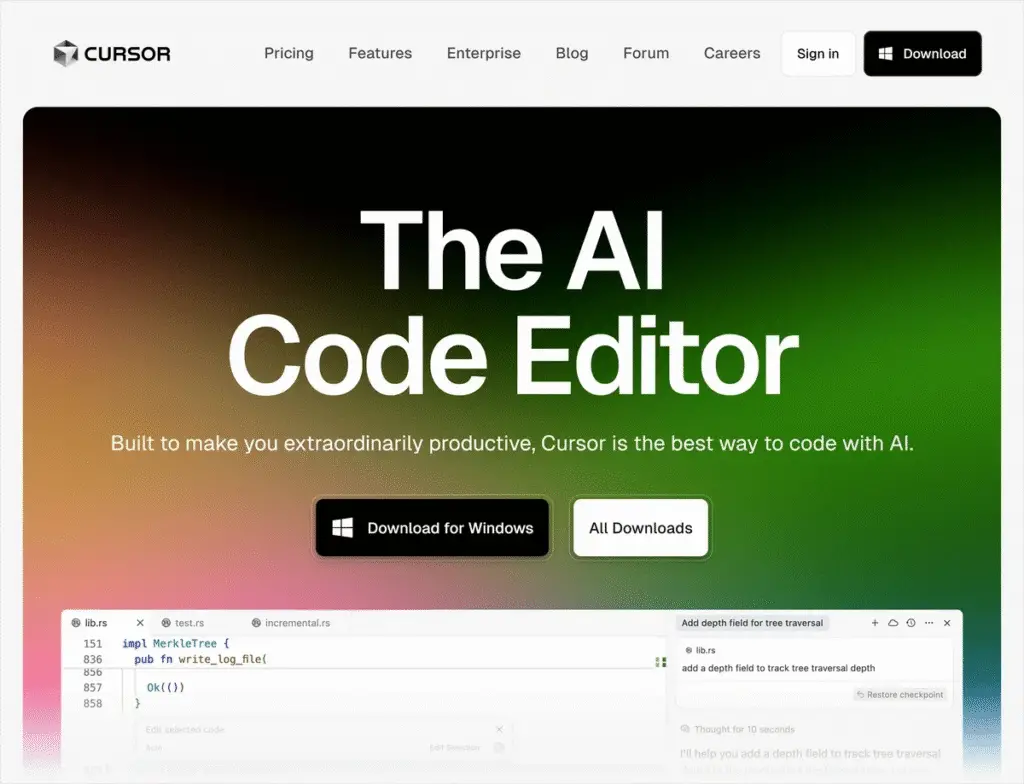
Cursor is a smart code editor with powerful AI assistance. It bridges the gap between vibe marketing and software development.
In June 2025, it raised $900M at a $9.9B valuation. Its rise (9,700% search growth) shows growing adoption by marketing-tech teams.
Cursor supports collaborative editing, bug fixes, and aesthetic tweaks through natural prompts, making it ideal for marketers with partial dev support.
Is Vibe Marketing the New Norm?
AI has significantly reduced the cost and effort involved in creating compelling marketing campaigns. Vibe marketing, powered by agents, automation, and creativity tools, represents a massive shift in how brands connect emotionally with audiences.
As AI tools become cheaper and more capable, the edge will go to businesses that know how to combine emotional storytelling with scalable tech.
Those who embrace vibe marketing not just as a toolset, but as a mindset, will be best positioned to lead in a saturated, attention-driven digital economy.
Top AI Tools for Content Creation in Vibe Marketing
While workflow automation is vital, you’ll also need AI tools that generate the creative assets behind your campaigns. Here are some of the top picks:
1. Jasper AI
A leading AI writing assistant that helps marketers generate blog posts, product descriptions, ad copy, and more—all guided by tone, audience, and intent.
Use for: Brand storytelling, landing pages, social posts
2. HeyGen
An AI video generation tool that converts text prompts into human-like spokesperson videos—perfect for TikTok, YouTube Shorts, or Instagram Reels.
Use for: Creating AI-driven product demos, testimonials, or short-form ads.
3. Semrush Content Toolkit
A comprehensive SEO content creation suite that includes topic research, keyword optimization, and AI-enhanced copy generation.
Use for: Creating long-form content, SEO blogs, and pillar pages aligned with real-time keyword trends.
Vibe Marketing in Action: Real-World Example
Let’s say you’re a new eCommerce brand selling eco-friendly apparel. Here’s how vibe marketing might look in action:
- Trend Sensing:
Use n8n to scrape TikTok and Instagram for eco-trend hashtags like #GreenFashion or #SlowStyle. - AI Content Creation:
Use Jasper to generate emotion-driven ad copy emphasizing sustainability and community impact. - Video Assets:
Use HeyGen to create short videos with a virtual influencer introducing your new product line. - Workflow Automation:
Use Make to schedule multi-platform posts, email announcements, and automated follow-ups triggered by website visits. - A/B Testing:
Use tools like Surfer SEO or Optimizely to test different versions of blog headlines, visuals, and CTAs—all based on AI predictions.
The Benefits of Vibe Marketing
✅ Speed: Campaigns can be built in days instead of weeks
✅ Cost Efficiency: Reduce marketing spend by 40–70%
✅ Scalability: Small teams can run big-brand campaigns
✅ Emotional Relevance: Stronger audience connection through trend-sensitive content
✅ Creative Freedom: Test and iterate more rapidly than traditional methods
Is Vibe Marketing the Future?
As AI becomes smarter and more accessible, vibe marketing will likely become the new normal for digital strategies. It shifts the focus from selling products to creating immersive, emotional experiences that resonate with audiences.
Even major tech startups are recognizing its power. Some Y Combinator companies have started listing “Vibe Marketer” roles with six-figure salaries, often seeking candidates who understand both automation tools and cultural trends.
Final Thoughts
Vibe marketing is more than a passing trend—it’s a powerful, emotion-first, AI-enhanced approach to digital growth that aligns with the way consumers engage with brands in 2025 and beyond.
By combining natural language prompting, automation workflows, and creative AI tools, marketers can now operate at levels of efficiency, creativity, and scale that were unthinkable just a few years ago.
Whether you’re a solo founder, a growth hacker, or a head of marketing, vibe marketing offers a new path forward—one that’s faster, leaner, and more aligned with the digital-first, emotionally connected world we now live in.

